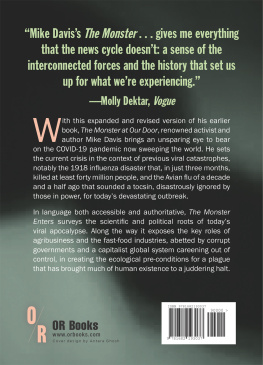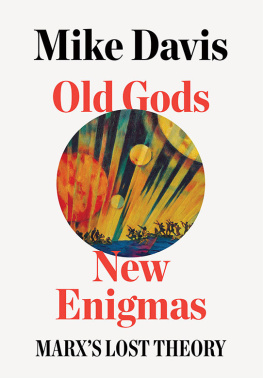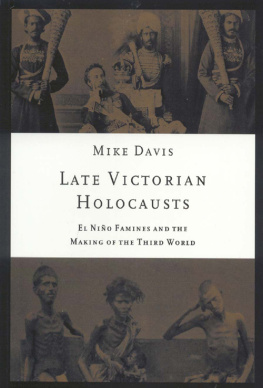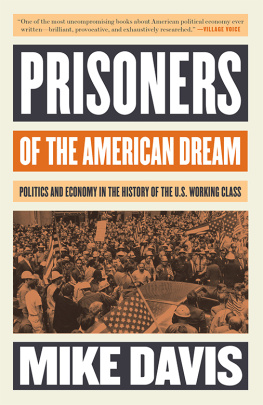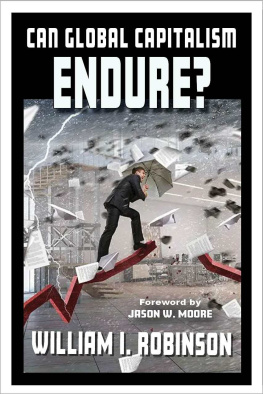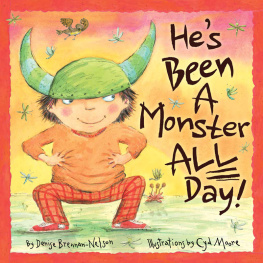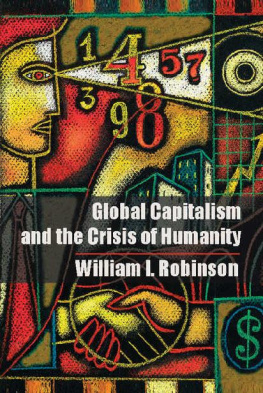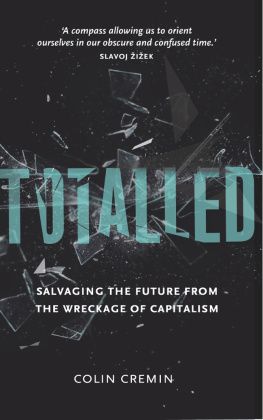
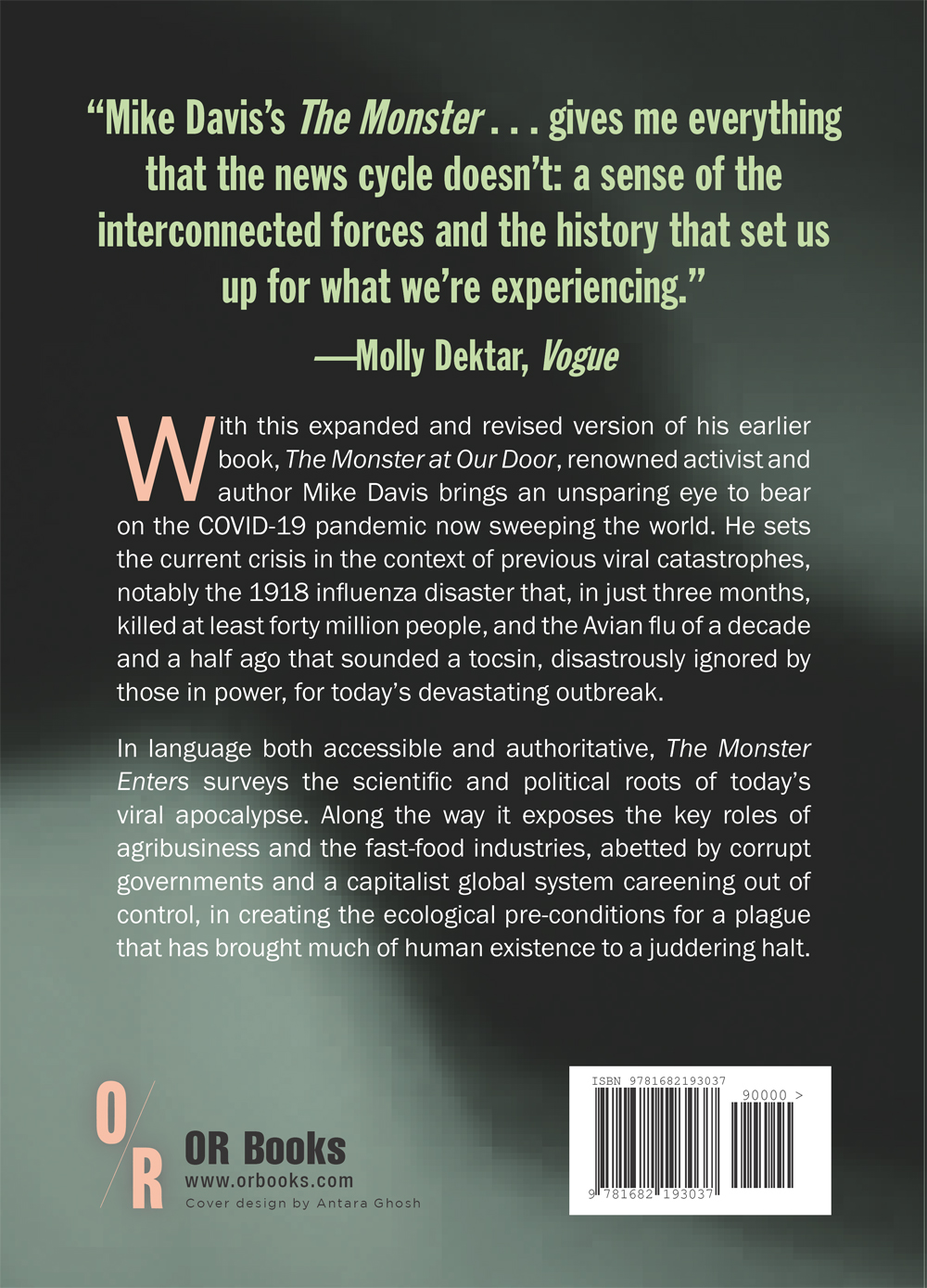


All rights information:
Visit our website at www.orbooks.com
First printing 2020
Published by OR Books, New York and London
2020 Mike Davis
Published by arrangement with The New Press, New York, NY
All rights reserved. No part of this book may be reproduced or transmitted in any form or by any means, electronic or mechanical, including photocopy, recording, or any information storage retrieval system, without permission in writing from the publisher, except brief passages for review purposes.
Library of Congress Cataloging-in-Publication Data: A catalog record for this book is available from the Library of Congress.
Typeset by Lapiz Digital Services. Printed by Bookmobile, USA, and CPI, UK.
paperback ISBN 978-1-68219-303-7 ebook ISBN 978-1-68219-400-3
for Roisin, my light
Lo, when the wall is fallen shall it not be said unto you,
Where is the daubing wherewith ye have daubed it?
Ezekiel (xiii, 3, 1012)
CONTENTS
INTRODUCTION:
THE MONSTER ENTERS
I write this in the first week of April 2020, in the eye of the hurricane, so to speak, while bunkered in my garage with innumerable cans of Chef Boyardee, a few pints of Guinness, and some virology textbooks. A few weeks ago I bought The Monster at Our Door online, since I had long ago given away all my copies. Unconsciously, I suppose, I wanted it off my bookshelf in order to exorcise the anxiety involved in its writing. But the threat of a planetary pandemicmost likely avian fluremained very much on my melancholy Celtic mind, along with the ghost of my mothers little brother, a victim of the Spanish flu in 1918, whom she still lamented decades later.
But today we are locked nervously in our homes like the poor denizens of London in Daniel Defoes Journal of the Plague Year thanks to an obscure virus that escaped from a bat and showed up in one of the worlds megacities. The emergence of SARS-CoV-2, the coronavirus that causes COVID-19, wasnt entirely surprising. Its older sister, SARS-CoV, had already scared the pants off the world back in 2003, and another deadly iteration, MERS, emerged in Saudi Arabia in 2012 and has killed almost 1,000 people. But coronaviruses, in the opinion of most scientists, were a team at the bottom of the emergent virus league, overshadowed by heavy hitters like H5N1 (avian flu), Ebola, and even the Zika virus.
The pandemic, according to my current publishers, has given new relevance to my old flu Monster , most of which is reprinted here. I should emphasize, however, that the threat of an avian flu outbreak and its global spread continues to be imminent. The original flu monster, H5N1, now has even deadlier avian siblings H7N9 and H9N2 and as the World Health Organization (WHO) warns, flu viruses have a vast silent reservoir in aquatic birds and are impossible to eradicate.
Moreover, as Rob Wallace has shown in a brilliant book, the factory farming of poultry for fast-food outlets has become a diabolic incubator and distributor of new flu types.
SARS-CoV-2, meanwhile, flies across the globe on unexpected influenza-like wings: a high rate of transmissibility magnified by the number of invisible spreadersthat is to say, contagious people without easily recognizable symptoms. It also kills by viral and bacterial pneumonia in the same way as influenza. Because of these similarities, a generation of work modeling the likely dynamics and geography of an avian flu pandemic is now an invaluable resource in the battle against COVID-19. But the current virus and its mother genus, Coronaviridae , differ radically in some respects from the influenzas and indeed all other RNA viruses. Lets take a closer look at SARS-CoV-2.
CORONAVIRUSES: DEADLY ECLIPSES
Viruses, which are likely responsible for 90 percent of infectious diseases, are basically parasitic genes that hijack the genetic machinery of the cells they invade to make myriad copies of themselves. The small group of viruses based on DNA have a built-in proofreading mechanism to ensure accurate replication, but viruses programmed by RNA like influenzas and coronaviruses lack it. As a consequence, some species are like bizarre Xerox machines running at ultra-high speeds that constantly spit out error-ridden copies. As a recent article in The New England Journal of Medicine observes: It took the genome of the human species 8 million years to evolve by 1%. Many animal RNA viruses can evolve by more than 1% in a matter of days. By producing so many inaccurate versions of their genomes such viruses have a huge advantage in resisting the human immune system because inevitably there will arise copies at least partly resistant to the antibodies produced in past infections or generated by vaccination.
Virusesparticles smaller than bacteria that easily passed through porcelain filterswere for decades the great enigmas of early modern microbiology. They were first imaged in the late 1930s, shortly after the invention of the electron microscope. Scientists were stunned by their wild array of different structures and forms. For example, influenza Aa wilder, more dangerous viral genera than influenzas B or C, which cause common colds and winter fluslooks like a naval mine (a sphere with studded spikes). The viruses that infect bacteria look like tiny Mars landers and Ebola, like a worm. The Coronaviridae , discovered in 1937, are tiny solar eclipses. In a photomicrograph their protruding petalsS proteins that allow the virus to latch onto a cell surfacedefinitely give the appearance of the solar corona during a total eclipse. Thus the name of the family.
Coronaviruses are unusual in several respects: in the first place because their genome, a single twisted helix inside a protein capsule, is the largest RNA molecule in nature. Nucleotides are the structural building blocks of DNA and RNA genomes. Influenza A viruses have 14,000 packaged in eight separate segments, coding for ten to fourteen proteins. Coronaviruses, on the other hand, have 30,000 nucleotides. Like influenza A, they also have two principal modes of evolution. The accumulation of small mutations inevitably sprouts new strains or subtypes. This process is known as antigenic drift .
Far more dramaticstanding in the same relationship to drift as revolution does to reformis antigenic shift . If an animal or human cell is simultaneously infected by two different influenza viruses, say one from a wild bird and the other a human-transmitted strain, replication can shuffle the genomic deck. Lethal segments from the wild flu can end up packaged together with segments from a flu already circulated among people that has the key for unlocking human cells. Pertinent to understanding the rest of this book, the molecules often traded in these reassortments are species-specific hemagglutinins (HA), the unique keys used by viruses to open host cells, and neuraminidase (NA), the escape artists that help new viruses break out of the infected cells membrane for further spreadhence the influenza subtype formula, H x N y . As I requested in the original Monster , Please remember this. It will avoid confusion later on when you meet a series of bad characters named H3N2, H9N1, H5N1, and so on. Virologists speculate that such reassorted types that combine virulence with ease of infection are responsible for the flu pandemics that erupted in 1890, 1918, 1957, 1968, and 2009. The Spanish flu that infected fully half of the human race, however, was two orders of magnitude more deadly than the others: two percent mortality versus .02 percent.
Next page
